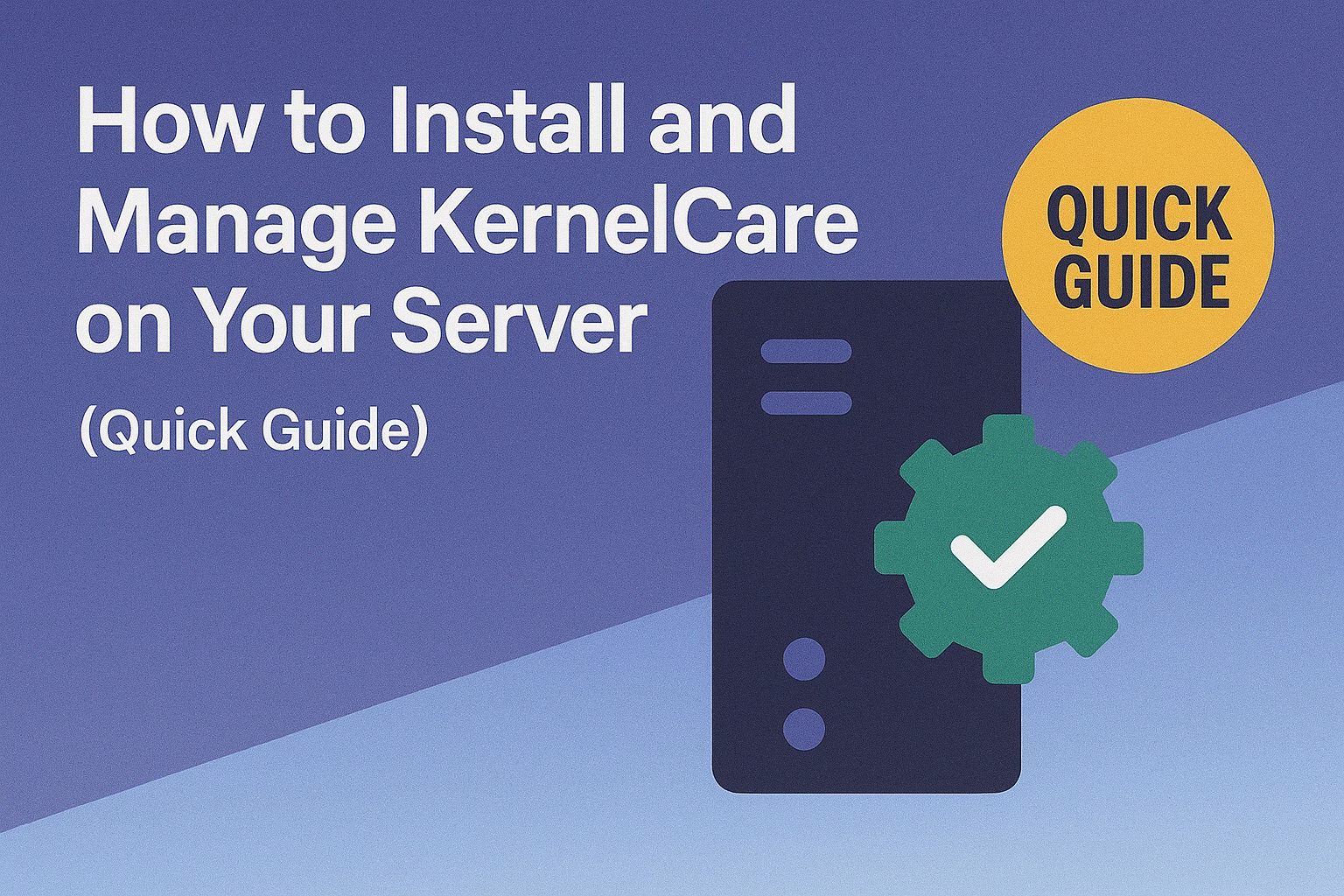One of the best things about KernelCare is how easy it is to get started. Whether you’re a system administrator, developer, or hosting provider, installing and using KernelCare takes just a few minutes.
In this guide, we’ll show you exactly how to install KernelCare, verify that it’s running, and manage it from the command line.
Step 1: Purchase a KernelCare License
Before installing, make sure you have a valid license. You can get an official license instantly from PLiKhost — with local support and competitive pricing.
Once you receive your license, you’re ready to begin.
Step 2: Install KernelCare Agent
Login to your Linux server via SSH and run the following command:
curl -s -L https://kernelcare.com/install.sh | bash
This script will download and install the KernelCare agent automatically.
Step 3: Register Your License Key
If you’re using a paid license, activate it by entering:
kcarectl --register <your-license-key>
Replace <your-license-key> with the key provided by PLiKhost.
Step 4: Check KernelCare Status
To make sure everything is working correctly, run:
kcarectl --info
You should see:
-
The currently running kernel
-
Whether it’s up to date
-
The patch version
-
Last check/update time
Step 5: Apply Patches Manually (Optional)
By default, KernelCare applies patches automatically. But you can also apply them manually using:
kcarectl --update
This ensures the latest patches are applied immediately.
Step 6: Set Up Automatic Updates (If Disabled)
KernelCare typically checks for updates every 4 hours. To make sure it’s running:
systemctl status kcarecrond
If it’s not enabled, you can activate it using:
systemctl enable --now kcarecrond
Bonus: Useful KernelCare Commands
| Command | Description |
|---|---|
kcarectl --info |
Shows current patch and kernel status |
kcarectl --update |
Forces a manual patch update |
kcarectl --unregister |
Removes the license from the server |
kcarectl --auto-update |
Enables/disables auto updates |
kcarectl --help |
Lists all command options |
Compatible Linux Distributions
KernelCare works with most major Linux operating systems, including:
-
CentOS / RHEL
-
CloudLinux OS
-
AlmaLinux
-
Debian
-
Ubuntu
-
Virtuozzo / OpenVZ
-
Proxmox (with certain configurations)
Need Help? PLiKhost Support Is Here
If you’re not sure how to proceed or need help during installation, the PLiKhost support team is ready to assist. We can:
-
Install KernelCare for you
-
Help register your license
-
Guide you through patching and updates
-
Recommend best practices for long-term server security
💬 Reach out to PLiKhost Support any time — we’re here to make KernelCare easy.
Conclusion
Installing and managing KernelCare is quick, efficient, and designed for real-world server environments. Once set up, you can enjoy live kernel patching without worrying about downtime or manual maintenance.
✅ Protect your Linux server the smart way — install KernelCare today with a license from PLiKhost.






